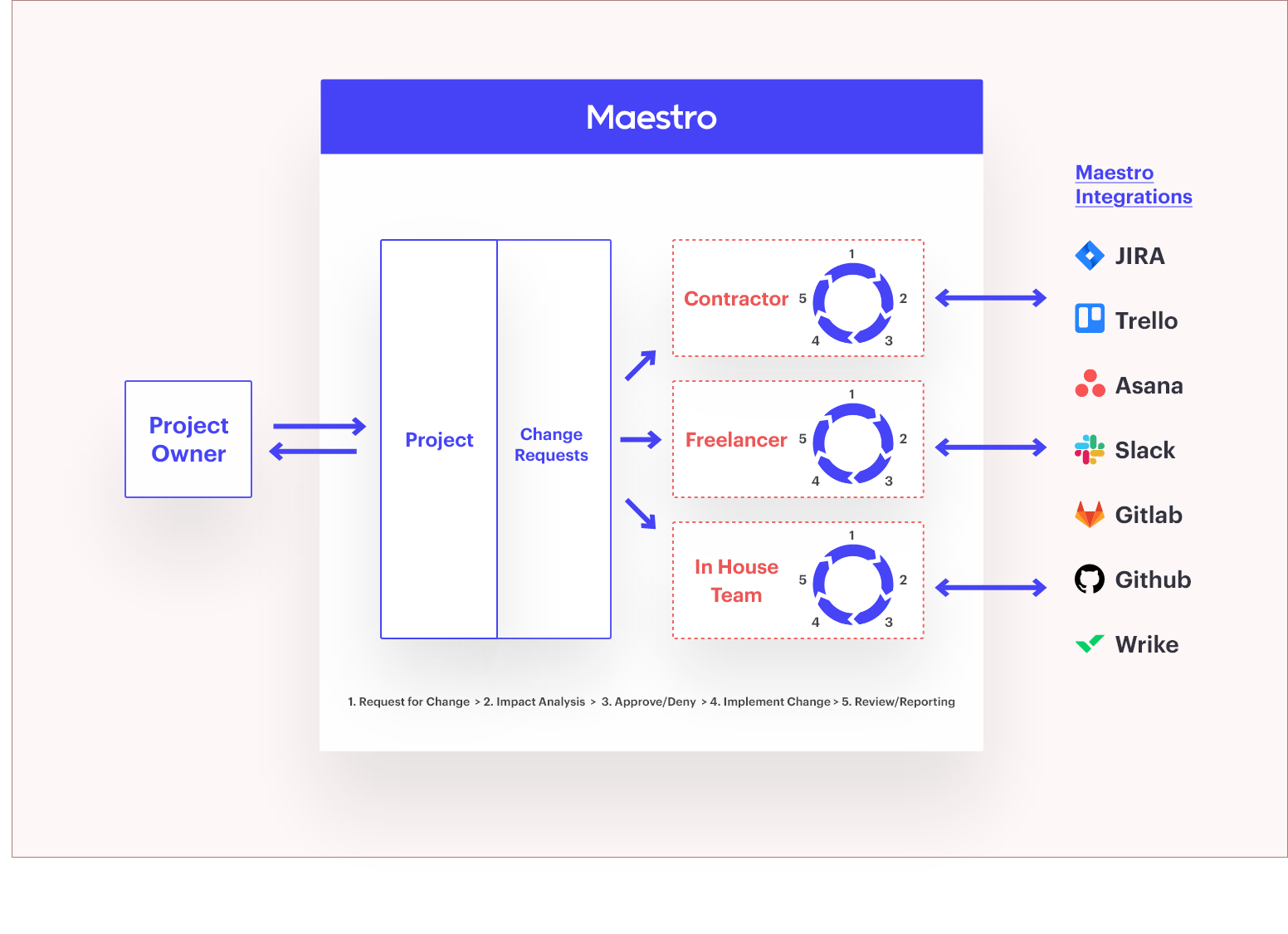What is Change Request Management
A change request is where someone within a business proposes a change to a project, usually a change to a product or system. Even the best-planned projects might require changes, which could be something very minimal, or could be a significant change.

What is Change Request Management?
A change request is where someone within a business proposes a change to a project, usually a change to a product or system. Even the best planned projects might require changes, which could be something very minimal, or could be a significant change.
Deciding how the change will be implemented, getting an idea of costs and the level of impact it will have on the project will all need to be analysed and the tasks related to putting the change request into action must be delegated adequate resources.
You also have the added complexity that some change requests will be categorized as ‘in scope’ and will be delivered as part of the project by the established team, while some will be ‘out of scope’.
Small changes that are not going to cost a lot of money to implement or make significant impact to the delivery of the project will usually be classed as ‘in scope’. Larger changes that will cost considerably more, will require more work to review and approve the resources and costs and therefore are usually out of scope.
The process of someone submitting the change management request and the subsequent work to review and approve or reject it, then allocating ownership if it is approved, is referred to as change request management.
Steps for Managing Change Requests
Companies take different approaches to how they manage change requests, but these five steps are generally the minimum required as part of the process:
1. Collect all the relevant supporting documentation
To be able to assess whether the change is a high priority or whether it is necessary at all, all relevant documentation to describe the change that is required and any supporting materials that might add to the rationale behind the change request, should be collated. The request should outline why the change is required and what benefits the change will bring about, for example, better customer service, an improvement to a product etc.
2. Decide whether it is inside or outside of scope
Before any work is done to take the change forward, it should be determined whether it sits inside or outside the scope of the project. Factors such as how much budget and how much work will be involved should help to make this decision.
3. Prioritise the change request
The next key step is to analyse how important the change is. Is it completely essential to the business, or is it more something that is just nice to have? How big is the benefit to the business? There may also be other change requests, in which case you will need to decide which is more important and should be implemented first.
4. Approve/reject the change request
Using all of the information and analysis from the previous steps, you should now be able to make the decision as to whether to approve or reject the request. If you have a change request team and it is a relatively small change, the team should have the authority to approve or reject the change. However, if it is a bigger change with large costs, it may need to get approved by the appropriate budget owner/executive.
5. Plan the implementation
If the decision is to reject the request, the person who submitted the request should be informed and the reason for rejection should be explained. If the change is approved, then the next step is to put the relevant plans into place to implement the change. This will involve allocating the tasks to the relevant team/resources.
The end-to-end management of change requests can be incredibly time consuming and without an efficient system in place, getting all of the necessary tasks completed can be very challenging.
However, there are sophisticated digital solutions available and using a change request management platform will make the process much easier and more efficient. All of the steps listed above and any other relevant actions that are required will be built into the process.
If you are interested in finding out more about how digital change management could revolutionise your projects, take a look at Maestro.
You can sign up today free!

Want to learn more about what we're building?
Sign up to our News!
You’ll know better, find better, we promise.

